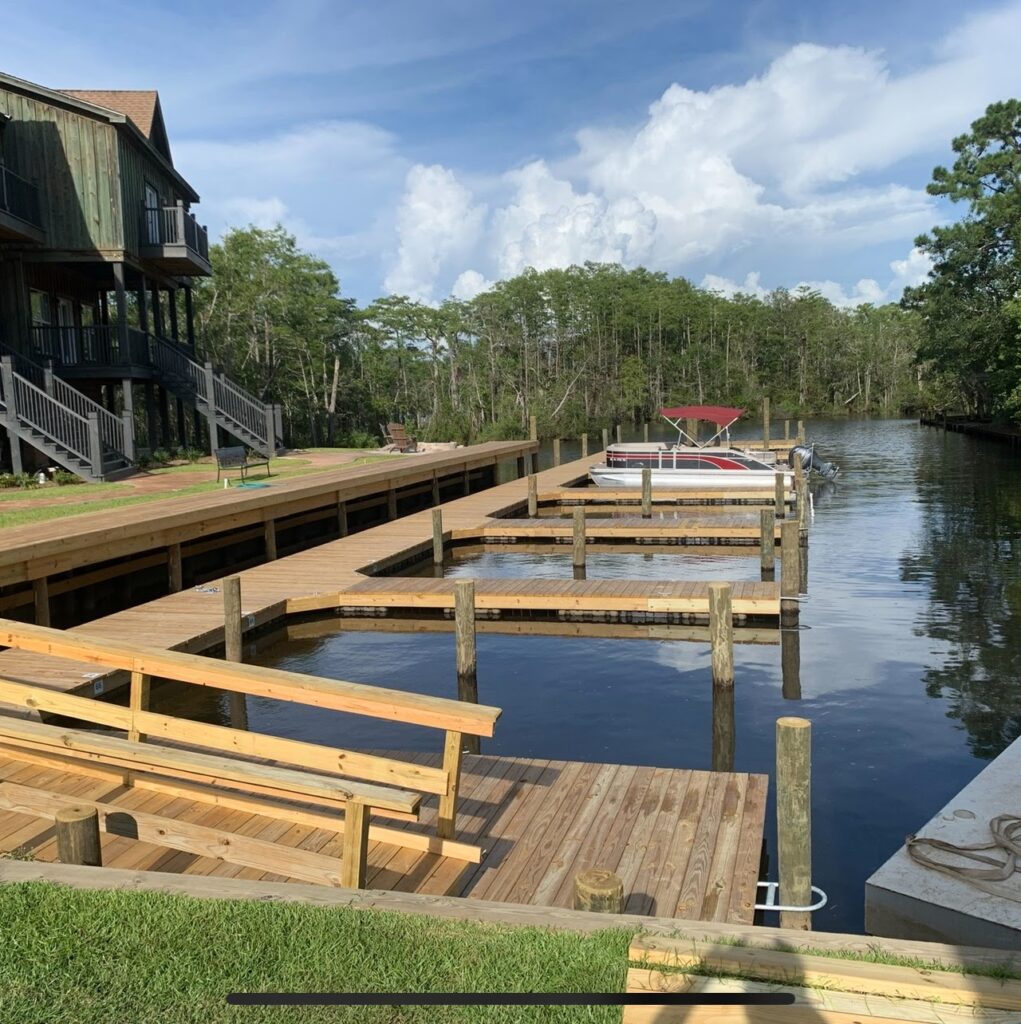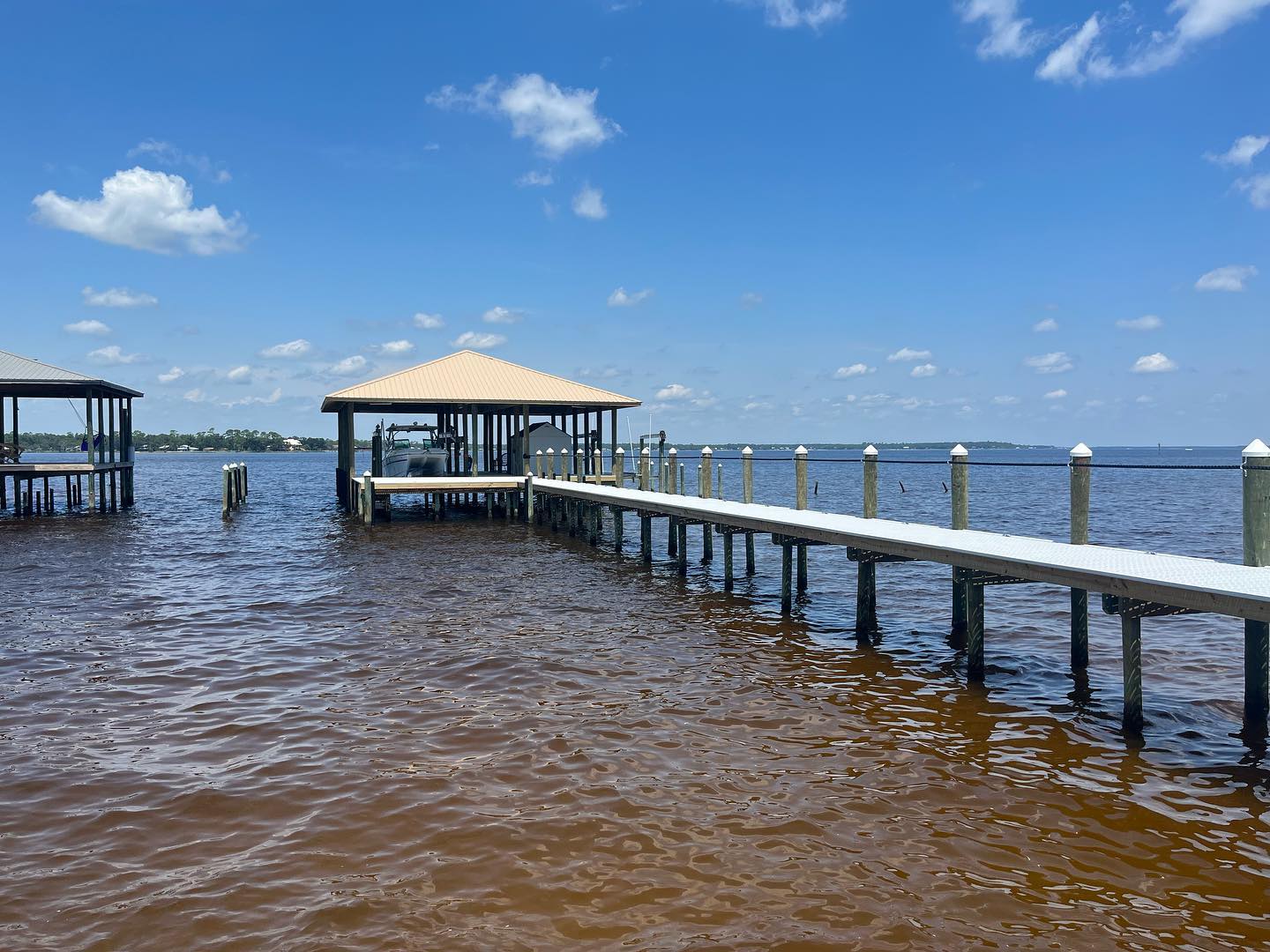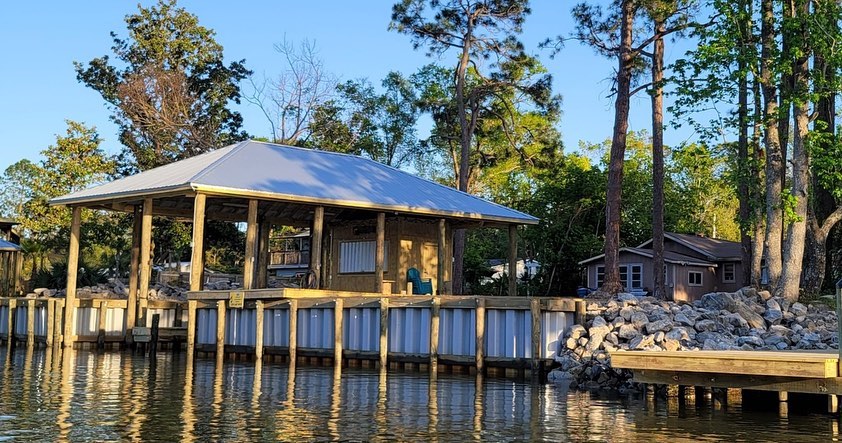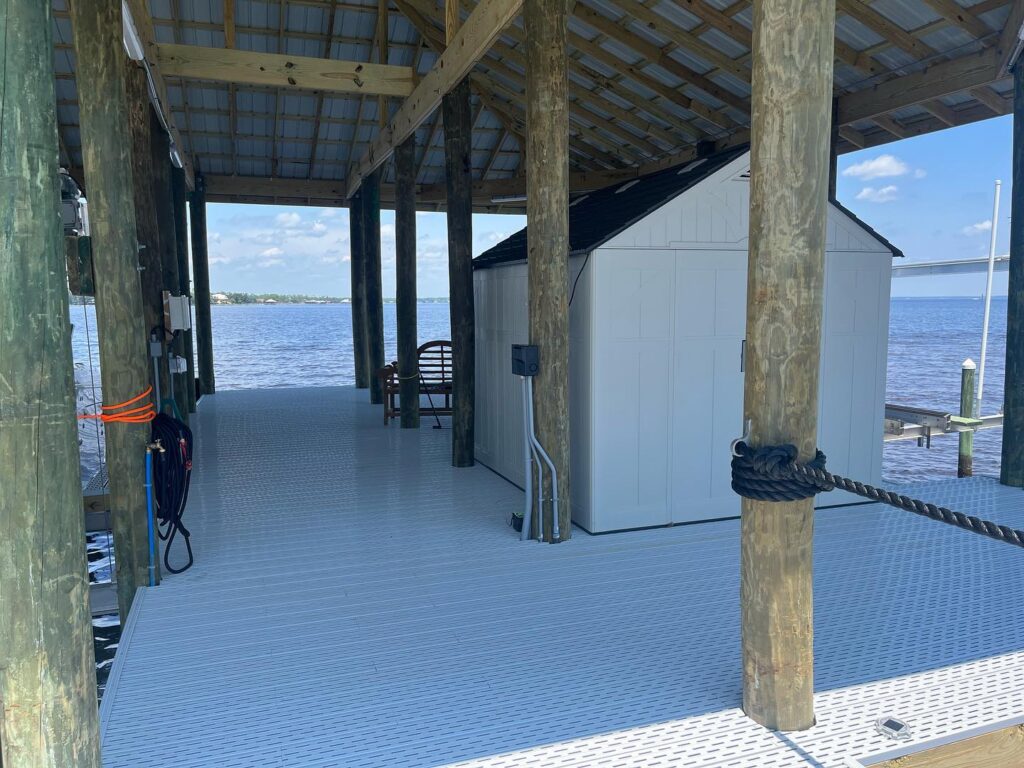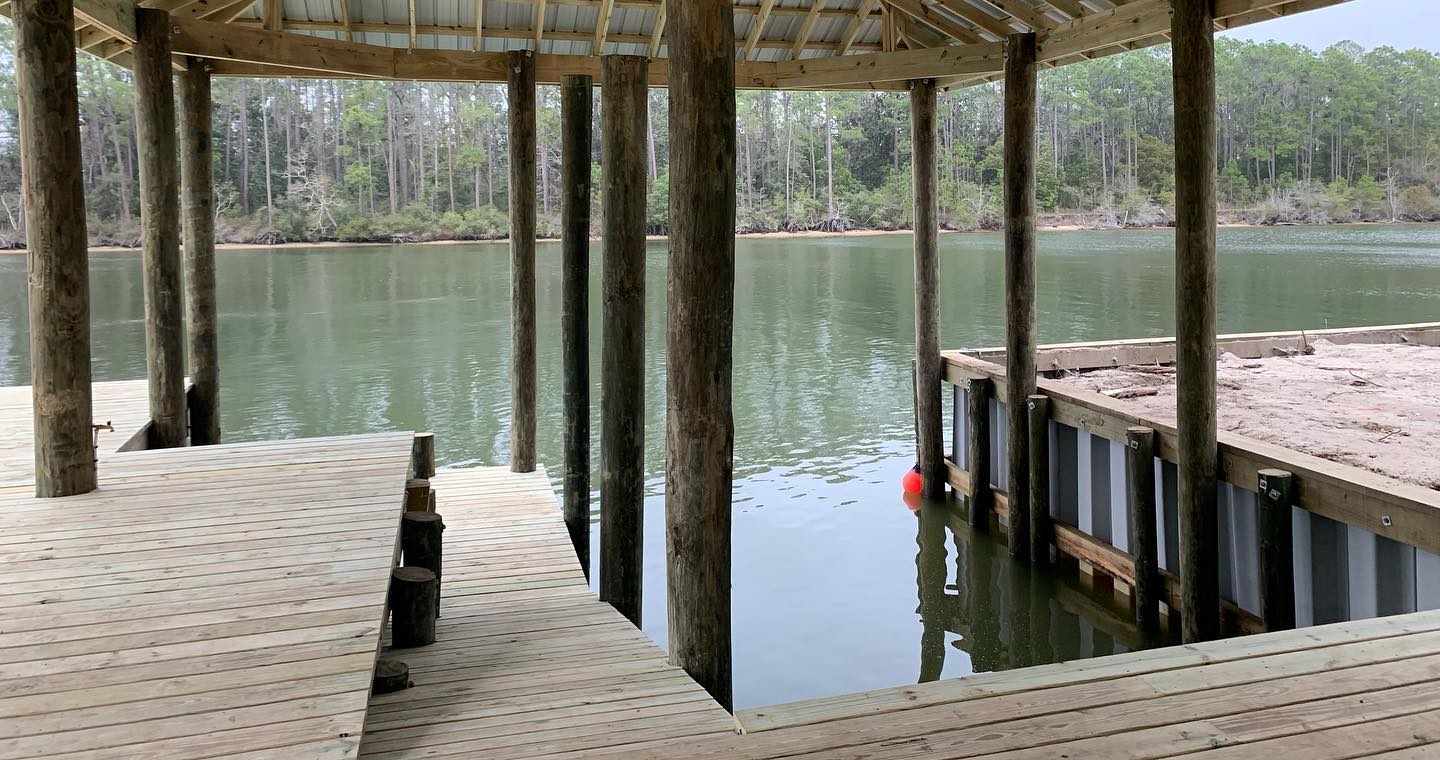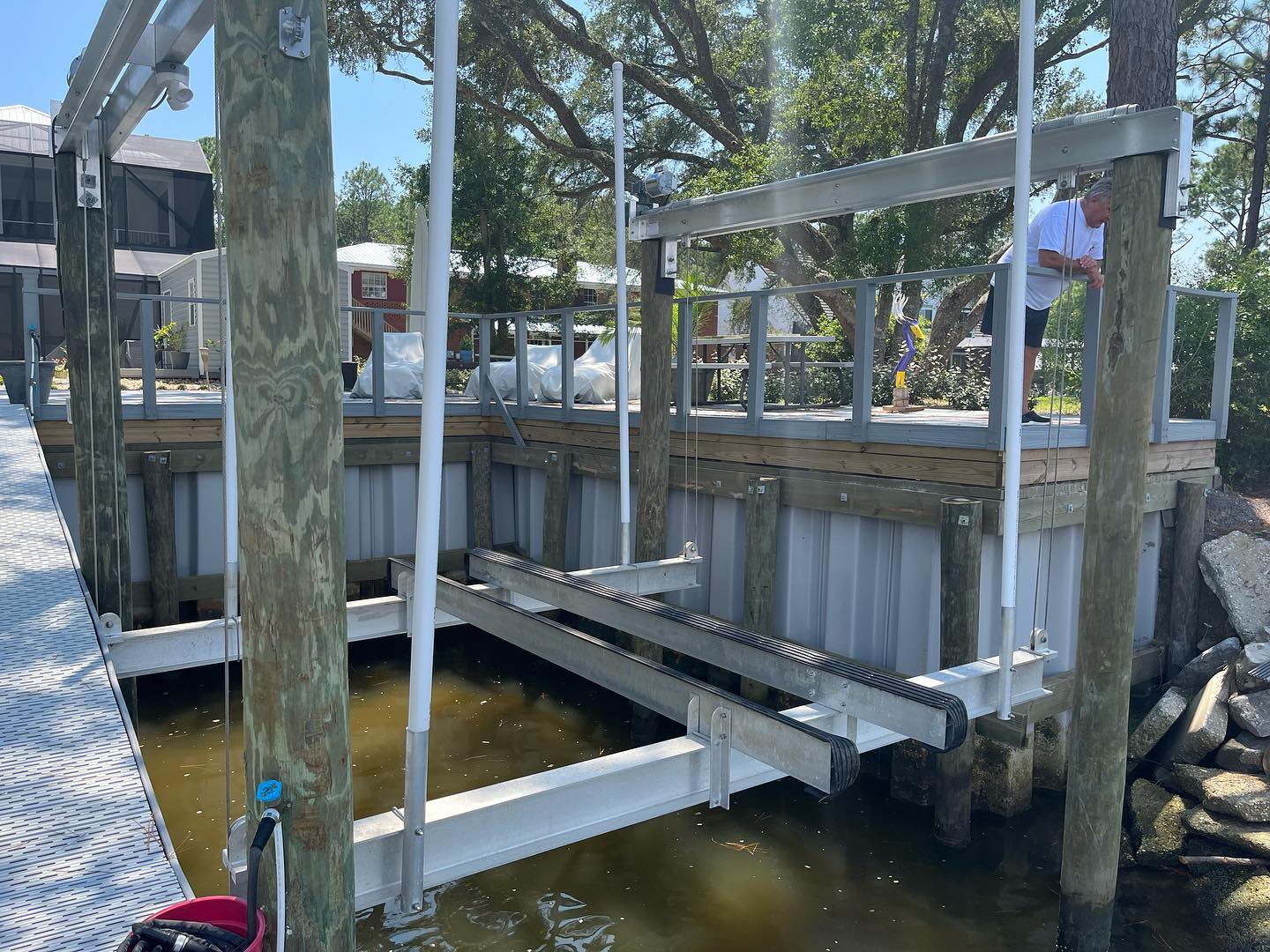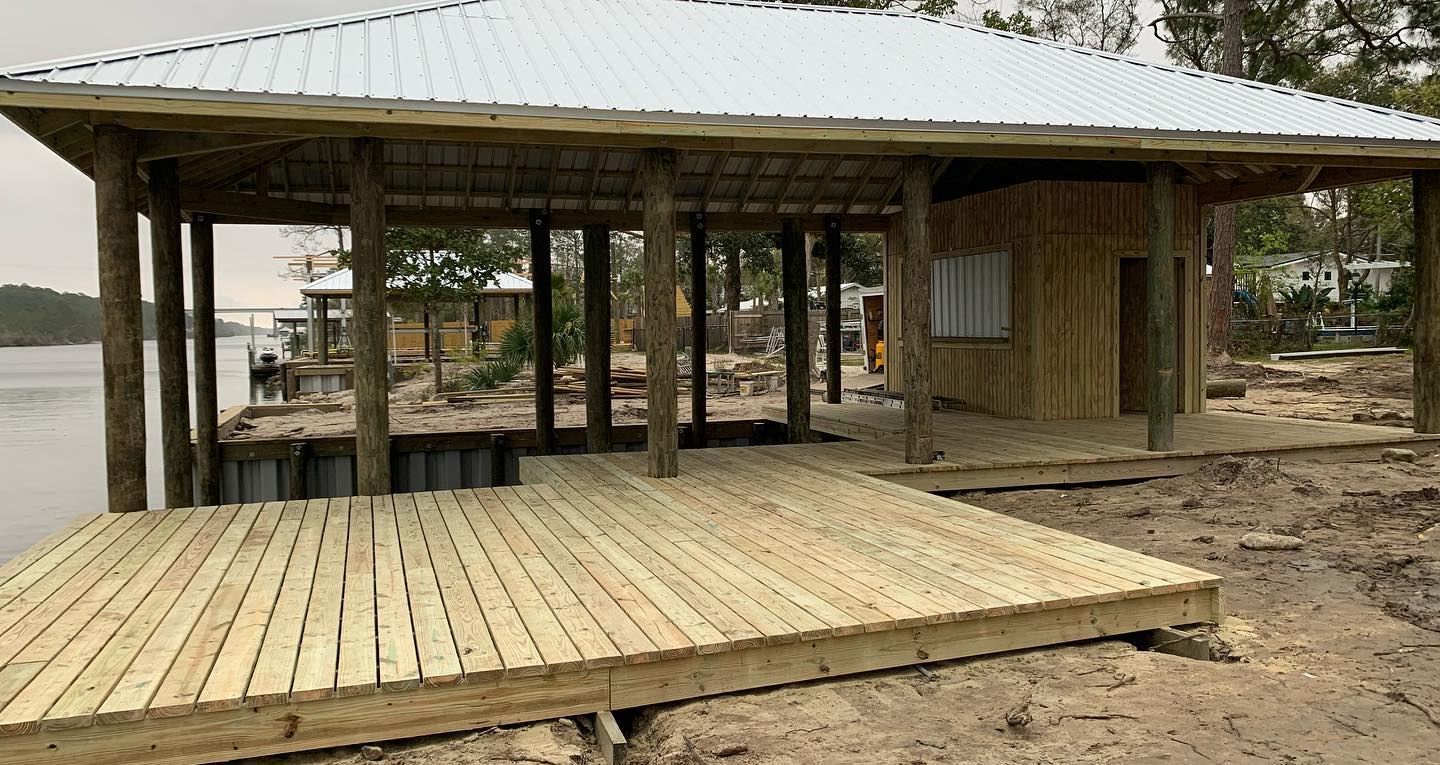Building along the coast offers incredible views, access to the water, and a lifestyle many dream of. But for all its appeal, coastal construction comes with a web of regulations that can be confusing and, at times, overwhelming for property owners. Whether you’re planning to install a private pier, reinforce your shoreline, or prepare foundational structures for a boat lift, understanding the permitting and compliance process is crucial. At Gulf Coast Land & Marine Construction, we specialize in guiding clients through these requirements, turning what could be a frustrating process into a seamless and informed experience.
Why Coastal Permitting Matters
The Gulf Coast is a dynamic and delicate ecosystem, with shorelines, wetlands, and waterways that are constantly shifting. Because of this, any construction near or over water is subject to a range of rules designed to protect both the environment and nearby properties. These regulations help manage erosion, preserve wildlife habitats, maintain navigational safety, and minimize the impact of storms and tides. Permits are not just paperwork—they are essential for ensuring your project is legally compliant, environmentally responsible, and built to last.
Navigating Local, State, and Federal Requirements
One of the most common challenges for property owners is that coastal construction often involves approval from more than one agency. At the local level, cities and counties have zoning codes and ordinances that must be met. These may regulate setbacks, height restrictions, or access points. At the state level, departments such as the Alabama Department of Environmental Management (ADEM) or Florida Department of Environmental Protection (DEP) may require specific environmental evaluations, especially if your project impacts wetlands, dunes, or protected waterways.
Federal regulations also come into play, particularly when dealing with navigable waters. Agencies like the U.S. Army Corps of Engineers evaluate whether your structure affects public access, water flow, or endangered species habitats. The permitting process may include environmental assessments, public notices, or engineering plans submitted for review. Each layer adds complexity, but all are critical to ensuring coastal development remains sustainable and safe.
How GCLM Helps Simplify the Process
At Gulf Coast Land & Marine Construction, we don’t expect our clients to become experts in government procedures. That’s our job. From the moment a project is proposed, our team works to determine exactly which permits are needed and what documentation must be submitted. We coordinate with local planning departments, environmental agencies, and engineering reviewers to make sure everything is aligned from the start. By handling the legwork, we help prevent delays, missed approvals, or unexpected rework down the line.
We also bring decades of experience in working specifically within coastal environments. That means we not only understand the science and engineering behind building near water, but we also know how to anticipate challenges before they become problems. If a property is located in a high-risk flood zone or includes protected shoreline vegetation, we know how to adjust designs and construction methods to meet both legal and practical requirements. That way, your investment is protected from both regulatory issues and environmental wear.
The Risks of Skipping or Mishandling Permits
Some property owners assume that if their project is small—like a residential dock or boat lift foundation—it might not require permitting. Unfortunately, even minor coastal developments can have major consequences if not properly approved. Failing to secure the correct permits can result in fines, stop-work orders, or even forced removal of structures. In addition to the financial cost, this kind of oversight can significantly delay your project and affect your property’s long-term value.
Working with a company like GCLM not only ensures that all permits are in place but also protects you legally and financially. Our goal is to keep your project on schedule and in full compliance with every agency that oversees coastal construction.
A Partner in Coastal Property Development
One of the things that sets Gulf Coast Land & Marine Construction apart is our commitment to acting as more than just a builder. We are your partner from the early planning stages through final inspections. That includes helping clients understand the full scope of their project—what’s required, what to expect, and how to keep everything aligned with the law. We recognize that permitting can feel like a barrier, but with the right guidance, it becomes an important step toward building something that is not only beautiful but lasting.
For waterfront homeowners, developers, and commercial property owners, the coastline is a unique asset that requires specialized care. Our team takes pride in protecting that asset, both structurally and legally, through every phase of construction.
Building Responsibly with Confidence
Permitting and compliance might not be the most exciting part of your waterfront project, but they are among the most important. Knowing that every aspect of your build has been approved and engineered to code gives you peace of mind, especially in coastal areas where weather, tides, and erosion are ongoing concerns. With GCLM, you can move forward with confidence, knowing your project meets the highest standards of both design and regulation.
If you’re planning a marine or coastal construction project and need expert guidance, we’re here to help. Let us handle the paperwork and compliance so you can focus on the results—strong, reliable, and regulation-ready construction built to stand the test of time.

